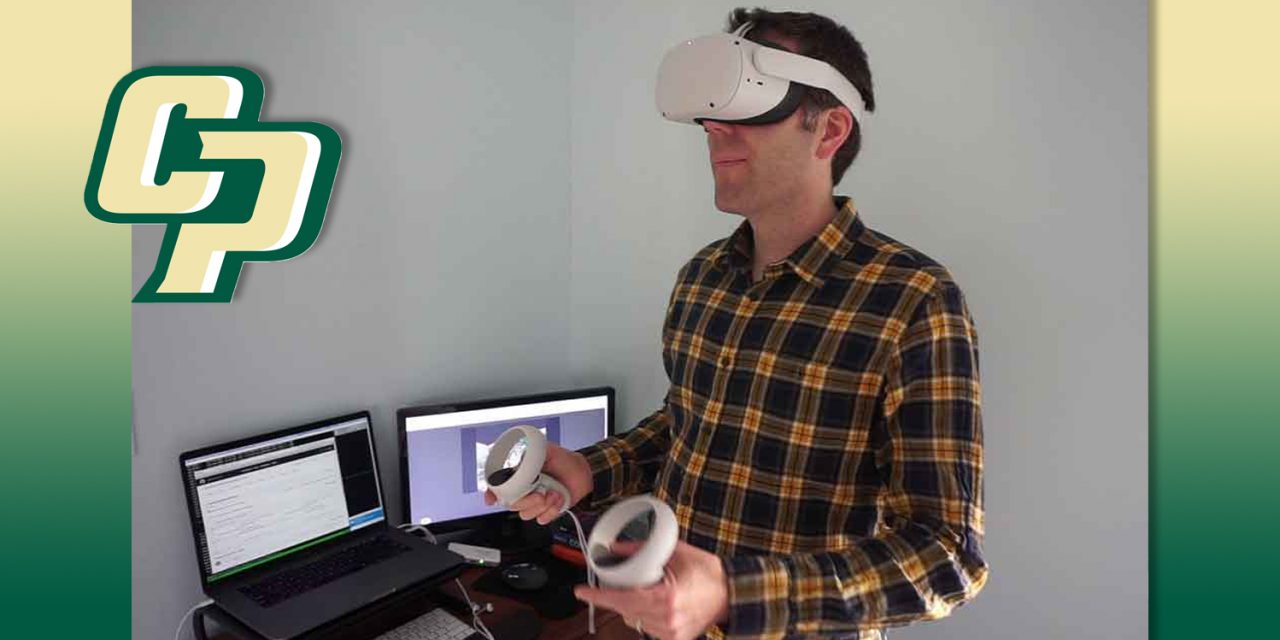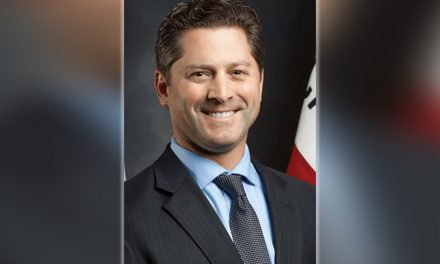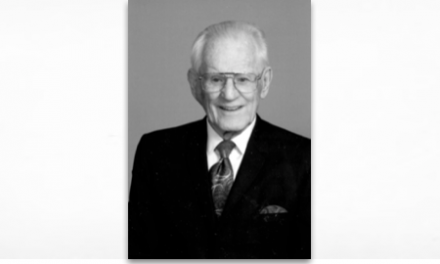The $100,000 gift will upgrade the only lab of its kind in the 23-campus California State University system
SAN LUIS OBISPO — A donation from Hewlett Packard Enterprise Co. will significantly upgrade Cal Poly’s parallel computing lab, allowing students to be more ambitious with senior projects, theses and research that require large amounts of storage and computation power.
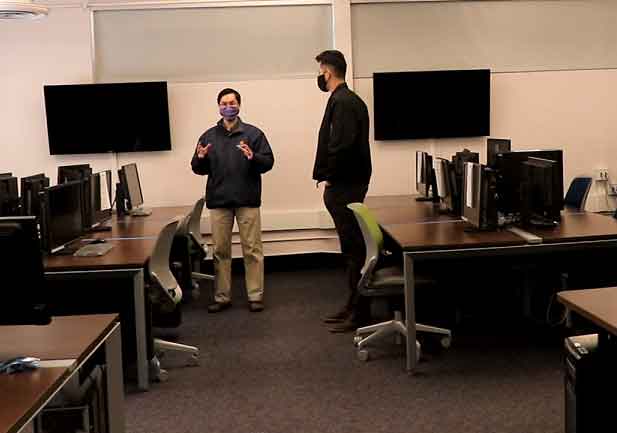
“Jobs that might have taken three days, we could possibly do in a few hours now,” said John Seng, a professor in the Computer Science & Software Engineering and Computing Engineering departments. “So that’s a big improvement and a real benefit for students.”
A virtual ribbon-cutting ceremony was held Feb. 12 for the newly named Hewlett Packard Enterprise Massively Parallel Accelerated Computing Lab. (See a video about the lab here )
Parallel computing is the simultaneous use of multiple computing resources to solve a computational problem. The primary goal of parallel computing is to increase available computation power for faster application processing and problem-solving.
The Cal Poly lab was established in 2015, thanks to 120 supporters who donated $345,000. While the lab is the only one of its kind in the California State University system, it needs upgrades to remain relevant.
The San Jose-based Hewlett Packard Enterprise Co. is a multinational information technology firm founded in 2015, as part of the splitting of the Hewlett-Packard company. HPE has two divisions: servers, storage, networking, consulting and support; and financial services.
HPE’s $100,000 donation will allow students to continue research in high-performance computing — and elevate what they have done in the past. That includes research involving deep learning, neutral network training, and large-scale data analysis tasks that require high-end computing resources, said Jonathan Faust, CFO of Aruba, an HPE company, and a Cal Poly graduate (business administration, ’00).
“In some cases, students who would have had to settle for smaller-scale experiments using less sophisticated methods in the past will now be able to dream bigger — unencumbered by the technical limitations of their tools,” he said. “At Hewlett Packard Enterprise, our purpose is to advance the way people live and work. One of the ways we support this purpose is by helping to empower the next generation of engineers to address the technical challenges of an ever-changing world.”
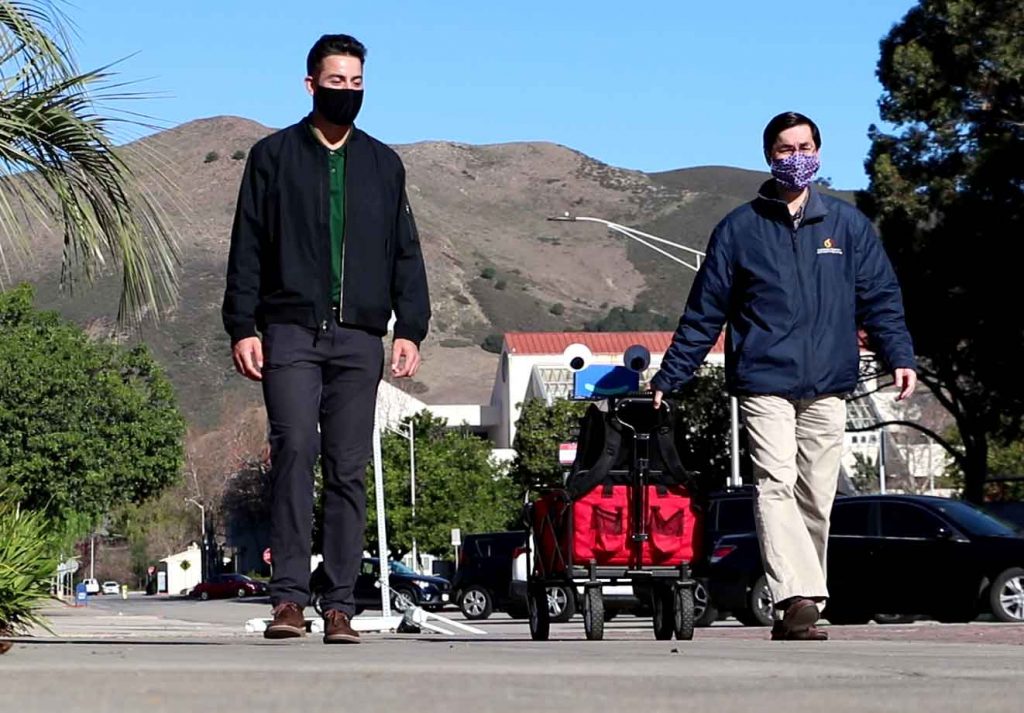
In the past, Seng and his students have used the lab to create Herbie, a robot that strolls around a path he was programmed to remember around the Frank E. Pilling Building.
“With the donation, the machine has a really good GPU (graphics processing unit), and so we’re going to use that, and I’m working with some senior project students to train some machine learning models to help Herbie detect sidewalk edges, curbs, road edges — things like that,” Seng said.
Daniel Jones, who worked with Herbie for his senior project, is one of many Cal Poly graduates now working for HPE, a leader in the future of servers, storage and data analytics.
“This is an opportunity to use equipment not a lot of students have the opportunity to use,” said Jones, a 2020 computer engineering graduate working as an embedded systems engineer at Aruba. “As an HPE employee, it feels really cool when I get to talk to others about how HPE is directly contributing to stuff that I worked on, stuff that I was passionate about for four years. It almost feels like I’m giving back.”
Jonathan Ventura, another professor in the CSSE and CPE departments, uses computers to extract information from images in video.
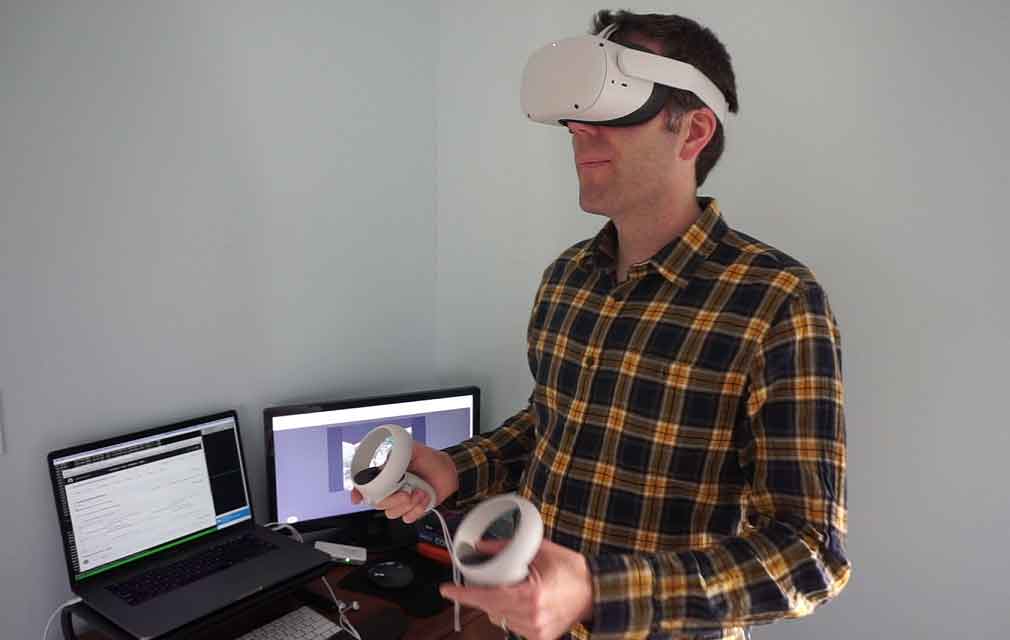
“I work with undergraduate and graduate students both in the classroom and on research projects on a lot of cutting-edge topics and computer vision, such as creating virtual reality scenes from images in video, learning to identify and count trees and remote sensing data and using machine learning to improve microscope images,” he said. “So, the kind of work we do requires a lot of computation and really large storage. We really need access to high-performance computing resources, and so we’re so excited to have a new server donated by HPE Enterprise.”
By preparing future engineers, HPE says it is also working to make advancements across industries, including health, aerospace, and entertainment.
“We rely on our incredible engineering talent to drive innovation for the company and our customers, as well as to push the boundaries of physics to attempt what’s never been done before,” Faust said. “Our technologists have helped customers make significant advancements in Alzheimer’s research, send high-performance computing systems to space, and harness the power of data through machine learning to give Formula One teams like Mercedes-AMG Petronas the edge to win championships.”

